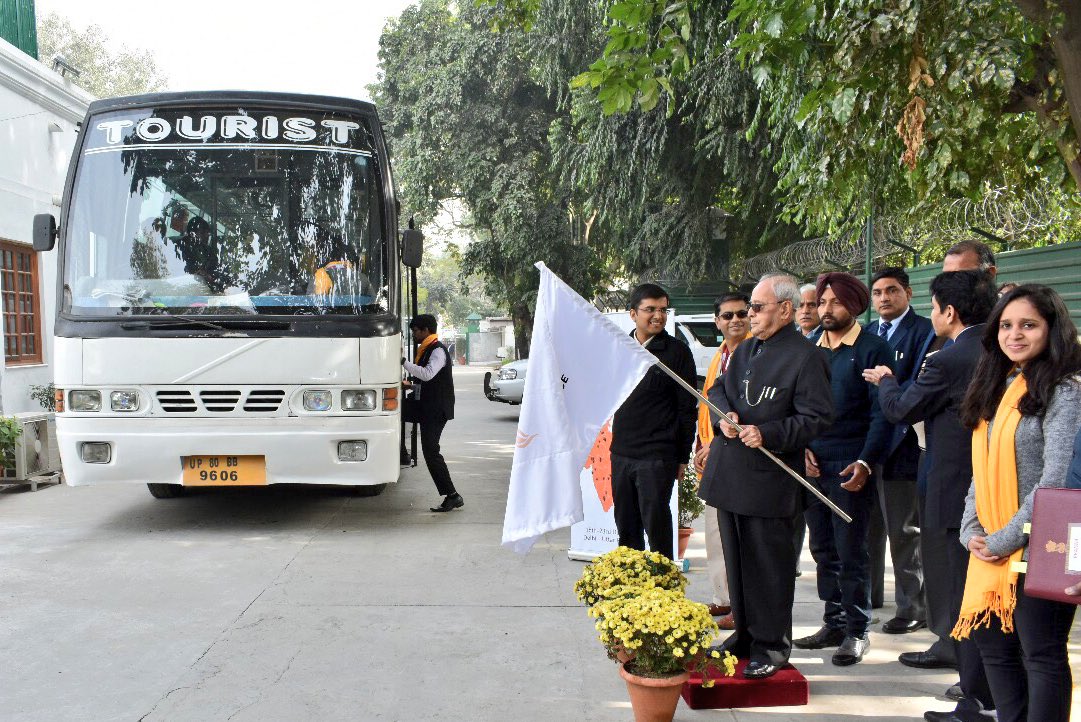The coronavirus pandemic will be etched in history as one of the greatest economic disasters along with the great depression of 1929 and the 2008 financial crisis. Major world economies have suffered significantly as a result of halts in production and a lack of demand from impositions of the lockdown. However, whilst the worst-hit nations like the US and UK struggle to deal with high unemployment and the bailing out of businesses, the pandemic provides a huge opportunity to other countries, one of them being India.
Covid-19 has highlighted the global over-reliance on China’s manufacturing. China produces over 90% of all mobile phones and 70% of all computers and manufactures 29% of global manufacturing output, showing the heavy dependence on China. With three major epidemics originating there in the last twenty years, the country is proving itself to be more and more risky and unreliable. Strict Government control and media suppression add to the unreliability and risk which surrounds China and this is likely to change how businesses outsource in the future. Although this may hurt the Chinese economy it could be a huge opportunity for India.
Numerous businesses have already decided to move their production away from China to avoid the risk of halted manufacturing from further pandemic breakouts. The cost of labour in India is 66% cheaper and the workforce is generally higher trained too, indicating increased productivity and lower costs by moving production to India. Additionally, weakening ties between America and China combined with a stronger diplomatic relationship between America and India provides American businesses an increased incentive to set up in India, further enticed by tax reliefs for doing so. American imports from China have high tariff rates, hurting the American businesses that have outsourced to China, and hence moving away will be beneficial.
German shoe manufacturer Von Wellx has already announced plans to move production to India. Von Wellx has two production facilities in China and has decided to leave, believing India will be the next global manufacturing powerhouse-a decision catalysed by the coronavirus upheaval. The shoe manufacturer currently produces 3 million shoes per year but plans to scale up its production with an initial investment of around $15 million. This shift is just one example of the many businesses that have begun negotiations with India- benefitting the Indian economy by creating jobs, moving India closer to full employment- a primary macroeconomic objective. Not only will aggregate demand rise as a result of the rise in investment but so will the aggregate supply.
This Coronavirus pandemic also urged the Indian government to begin the privatization of a range of industries including coal, defence, and electricity. These reforms increase participation from private entities and are a welcome step towards increasing productivity and efficiency – a common historical problem faced by these industries. In the defence sector, the Foreign Direct Investment (FDI) limit has been raised from 49% to 74%, and the shift in production from China to India will increase the demand for the rupee, hence making it stronger. A stronger rupee is beneficial for the net importer India who loses $128 billion through trade every year. A rise in the exchange rate reduces the cost of imports, hence reducing the leakages from the Indian economy.
A problem manufacturers faced in India was the unreliability of power and electricity. This meant that they had extra expenses of purchasing power generators and diesel storage ensuring factories could maintain production even through severe power outages. The step to privatise the power and electricity sector helps to solve this problem by providing a more reliable power supply. The privatisation will spark competition and innovation leading to more efficient production and that is why it is important to these sectors. Having reliable power is vital for those investors considering shifting manufacturing to India.
Since Narendra Modi became Prime Minister in 2014, the Indian government has acted swiftly to improve things such as the ease of manufacturing, business, and trade. Projects such as the dedicated freight corridor (DFC) which is the construction of 6 new freight lines traversing the entire country, provides faster and safer routes for the transportation of goods. Initiatives like this work in sync with others such as Sagarmala, a $250 billion project which aims to build new ports, modernise existing ones, improve road and rail connectivity to ports as well as develop 14 coastal regions.
Projects such as these were already moving India towards being the next manufacturing powerhouse, but the timing of the coronavirus pandemic works to speed up the rate at which India will achieve this. India’s ranking in terms of ease of business has improved from 139 to 63 from 2010 to 2018 which shows how effective these projects have been.
As India’s economy (in terms of GDP) overtakes the UK and France in 2019 to become the world’s fifth-largest economy, it is clear that India’s economy has a bright future. While large ticket infrastructure projects such as the dedicated freight corridor and the Sagarmala project in conjunction with stronger diplomatic ties with America, Japan, and other leading nations, it is evident that India is setting the stage to become the next global manufacturing superpower. However, the timing of this pandemic provides a faster pathway for India to achieve this. The pandemic will actually turn out to be beneficial for the Indian economy, in both the short and long term.

